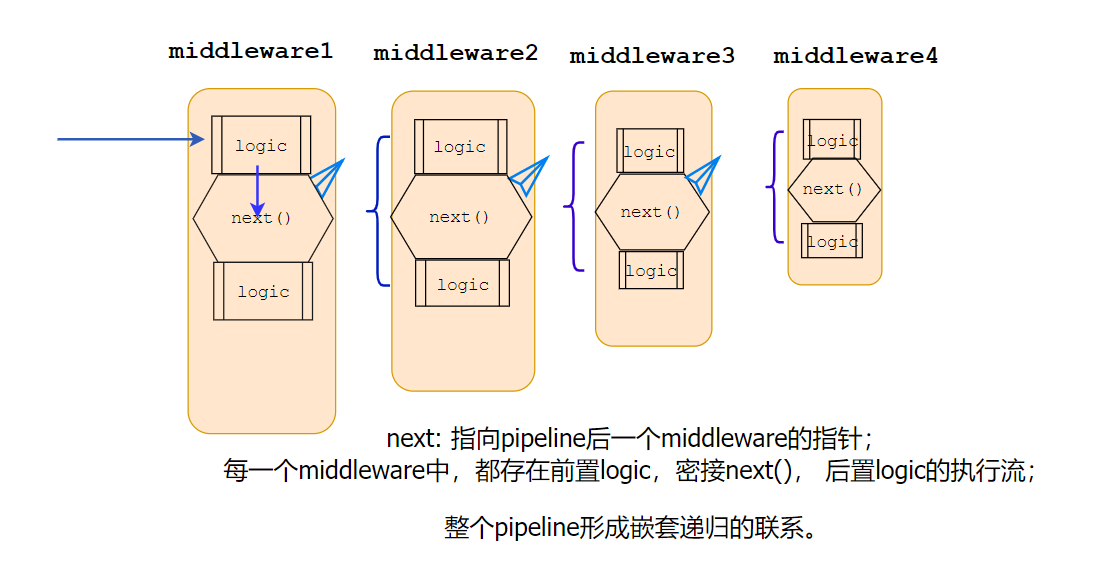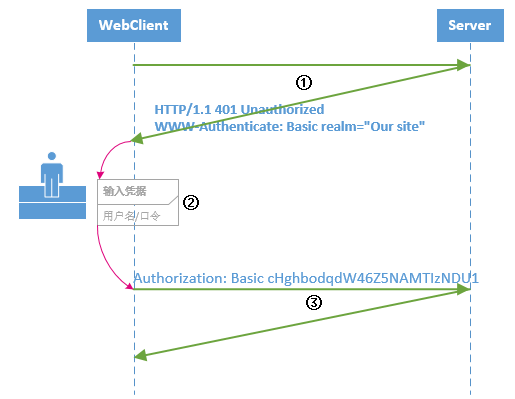1.Linq 执行多列排序
OrderBy的意义是按照指定顺序排序,连续两次OrderBy,后面一个有可能会打乱前面一个的排序顺序,可能与预期不符。
要实现sql中的order by word,name类似效果; LINQ 有ThenBy可以紧接使用, ThenBy记住原本排序的值,然后再排其他值, 正因如此,ThenBy是针对IOrderEnumerable 进行调用的。
2. Linq主外键连接查询
group join操作符常用于返回‘主键对象-外键对象集合’的查询,例如‘产品类别-此类别下所有的产品’的模式。
// 查询语法 var query = from c in db.Categories join p in db.Products on c.CategoryID equals p.CategoryID into r select new { c.CategoryName, Products = r }; // 方法语法 var q = db.Categories .GroupJoin ( db.Products, c => c.CategoryID, p => p.CategoryID, (c, p) => new { c.CategoryName, Products = p } ); 这样就可以结合 DefaultIfEmpty 理解 left outer join的linq写法。
group join生成的sql接近于:
select Categories.*, Products.* from Categories left join Products on Categories.Id = Products.CateId order by Categories.Id // group join 有点类似于 left join 数据膨胀的效果
https://docs.microsoft.com/en-us/dotnet/csharp/linq/perform-grouped-joins
3.linq2sql 指定形成sql左右连接
linq2sql join语法默认得到的是inner join
Model1Container model = new Model1Container(); //内连接 var query = from s in model.Student join c in model.Course on s.CourseCno equals c.Cno where c.Cno == 1 select new { ClassID = s.CourseCno, ClassName = c.Cname, Student = new { Name = s.Sname, ID = s.Sno } }; foreach (var item in query) { Response.Write("ClassID:" + item.ClassID + "ClassName:" + item.ClassName + "Name:" + item.Student.Name); }
在sql profile里面监控到与上面Linq2sql 对应的sql是
SELECT [t0].[CourseCno] AS [ClassID], [t1].[Cname] AS [ClassName], [t0].[Sname] AS [Name], [t0].[Sno] AS [ID] FROM [Student] AS [t0] INNER JOIN [Course] AS [t1] ON [t0].[CourseCno] = [t1].[Cno] WHERE [t1].[Cno] = @p0
linq2sql 左连接
Model1Container model = new Model1Container(); var query = from s in model.Student join c in model.Course on s.CourseCno equals c.Cno into gc from gci in gc.DefaultIfEmpty() select new { ClassID = s.CourseCno, ClassName = gci ==null ?String.Empty: gci.Cname, Student = new { Name = s.Sname, ID = s.Sno } }; //Outer join时必须将join后的表into到一个新的变量gc中,然后要用gc.DefaultIfEmpty()表示外连接(没有匹配的记录字段设为NULL) foreach (var item in query) { Response.Write("ClassID:" + item.ClassID + "ClassName:" + item.ClassName + "Name:" + item.Student.Name); } // 上例中使用了DefaultIfEmpty操作符,它能够为Empty序列(注意是Empty序列而不是Null序列)返回一个默认元素序列,DefaultIfEmpty使用了泛型中的default关键字。 gc.DefaultIfEmpty(new Course { Cname = "",Cperiod="" } ) //设置为空时的默认值
与以上Linq2sql对应的sql 是
SELECT [t0].[CourseCno] AS [ClassID], [t1].[Cname] AS [ClassName], [t0].[Sname] AS [Name], [t0].[Sno] AS [ID] FROM [Student] AS [t0] LEFT OUTER JOIN [Course] AS [t1] ON [t0].[CourseCno] = [t1].[Cno]
https://docs.microsoft.com/en-us/dotnet/csharp/linq/perform-left-outer-joins
4. 忽略Linq 检索某元素异常
在日常Linq实践中,按照某种预期写定的Linq, 在执行检索时某些元素会爆出异常,导致整个检索失败;如果我们能容忍某些元素的异常,继续完成整个Linq检索,可以写一个扩展方法,忽略报错元素。
using System; using System.Collections.Generic; using System.Linq; using System.Text; using System.Threading.Tasks; namespace Enumerable { public static class EnumerableExtension { /// <summary> /// 在IEnumerable<T> 循环或者变为内存序列之前 忽略掉序列中存在的元素异常 /// </summary> /// <typeparam name="T"></typeparam> /// <param name="values"></param> /// <returns></returns> public static IEnumerable<T> SkipException<T> (this IEnumerable<T> values) { using(var enumerator = values.GetEnumerator()) { var next = true; while(next) { try{ // 如果枚举器成功推进到下一个元素,MoveNext为true;枚举数越过集合结尾,则为false,也就是说返回值只确定后续是否有值 next = enumerator.MoveNext(); } catch{ // catch到异常,忽略当前元素,继续循环 LogHelper.Write("cause exception", LogHelper.LogMessageType.Error); continue; } // yield 返回枚举器指向的当前元素 if(next) yield return enumerator.Current; } } } } }
这个扩展方法的思路是 重写foreach语法糖的默认逻辑:
能够使用foreach语法的序列必定实现IEnumerable接口,此处我们重写了该接口的默认迭代器使用方式。
感谢您的认真阅读,如有问题请大胆斧正,如果您觉得本文对你有用,不妨右下角点个

本文版权归作者所有,欢迎转载,但未经作者同意必须保留此段声明,且在文章页面明显位置注明本文的作者及原文链接,否则保留追究法律责任的权利。

 引言 本文从Linux小白的视角, 在CentOS 7.x服务器上搭建一个...
引言 本文从Linux小白的视角, 在CentOS 7.x服务器上搭建一个... 引言: 多线程编程/异步编程非常复杂,有很多概念和工具需要...
引言: 多线程编程/异步编程非常复杂,有很多概念和工具需要... 一. 宏观概念 ASP.NET Core Middleware是在应用程序处理管道...
一. 宏观概念 ASP.NET Core Middleware是在应用程序处理管道... 背景 在.Net和C#中运行异步代码相当简单,因为我们有时候需要...
背景 在.Net和C#中运行异步代码相当简单,因为我们有时候需要... HTTP基本认证 在HTTP中,HTTP基本认证(Basic Authenticatio...
HTTP基本认证 在HTTP中,HTTP基本认证(Basic Authenticatio... 1.Linq 执行多列排序 OrderBy的意义是按照指定顺序排序,连续...
1.Linq 执行多列排序 OrderBy的意义是按照指定顺序排序,连续...